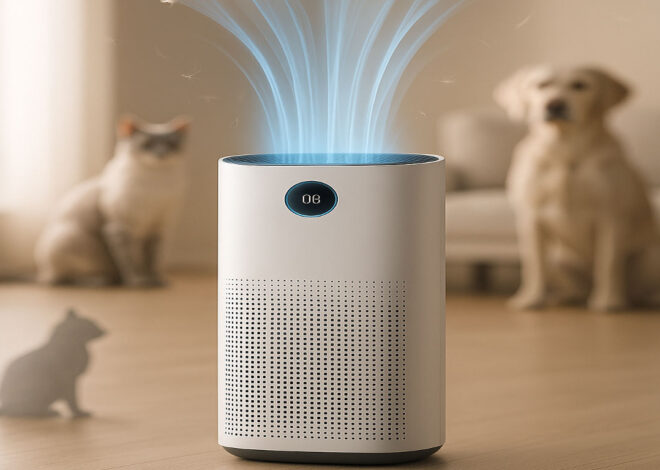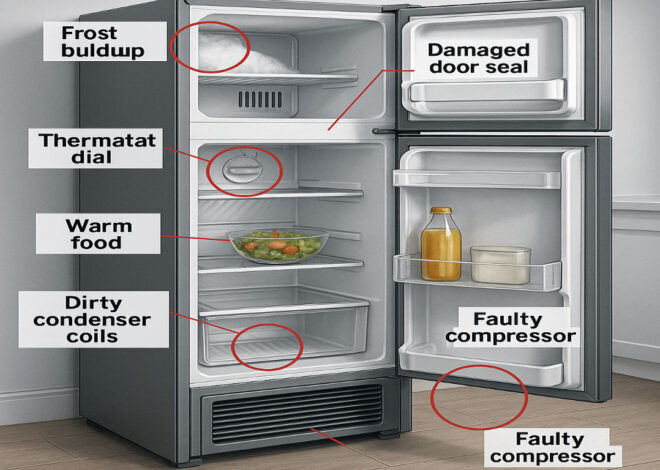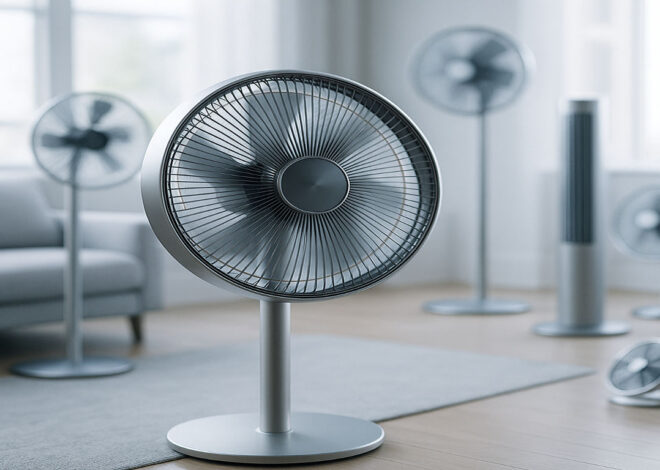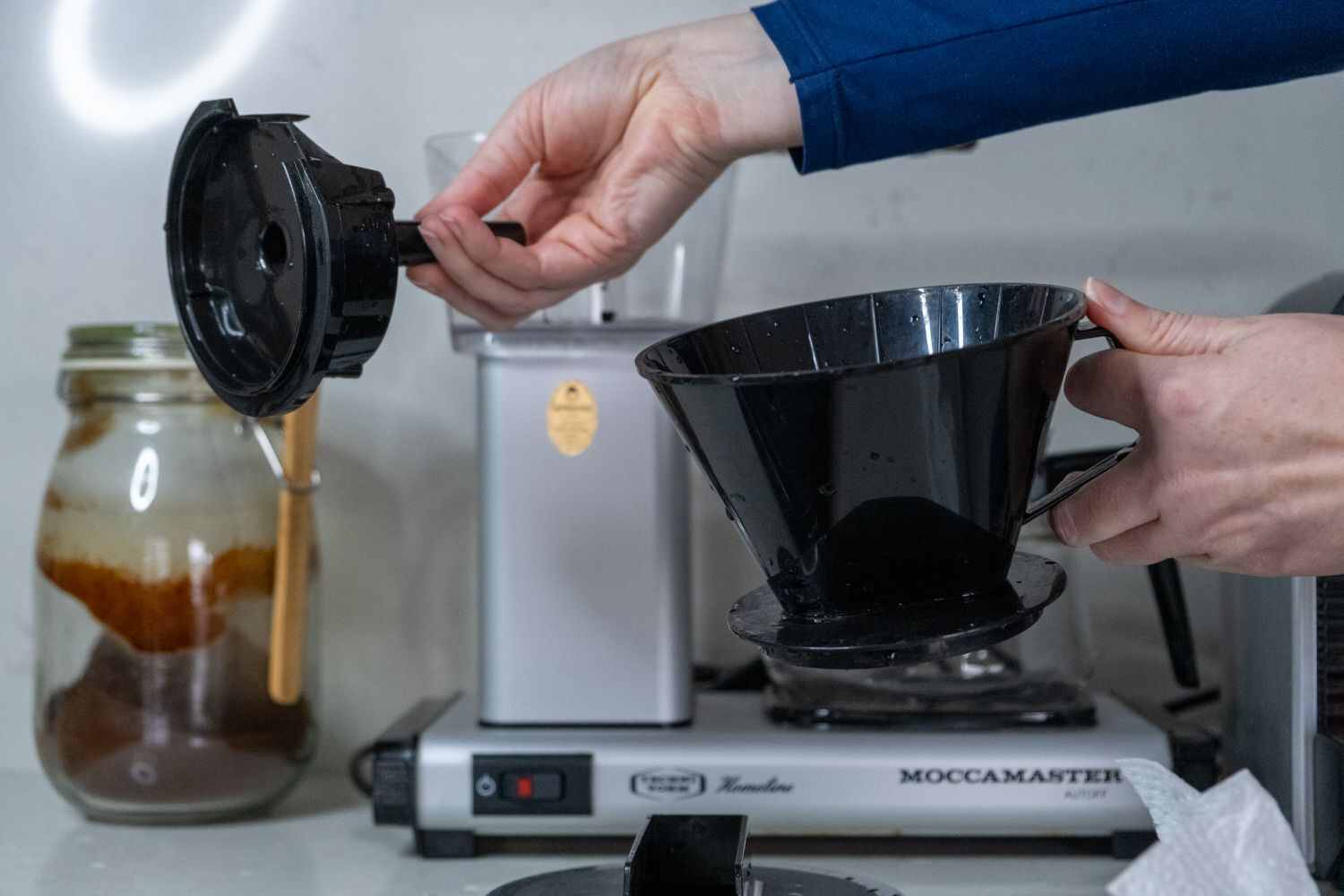
Home Guide: Cleaning Your Coffee Maker for Maximum Flavor
When it comes to brewing the perfect cup of coffee, the cleanliness of your coffee maker plays a crucial role that is often overlooked. How to clean your coffee maker isn’t just about keeping it looking good; it’s about ensuring the taste of your coffee remains fresh and delicious every time.
Regular cleaning enhances your coffee’s flavor, extends your machine’s lifespan, and ensures hygienic conditions.
Why Cleaning Your Coffee Maker Matters
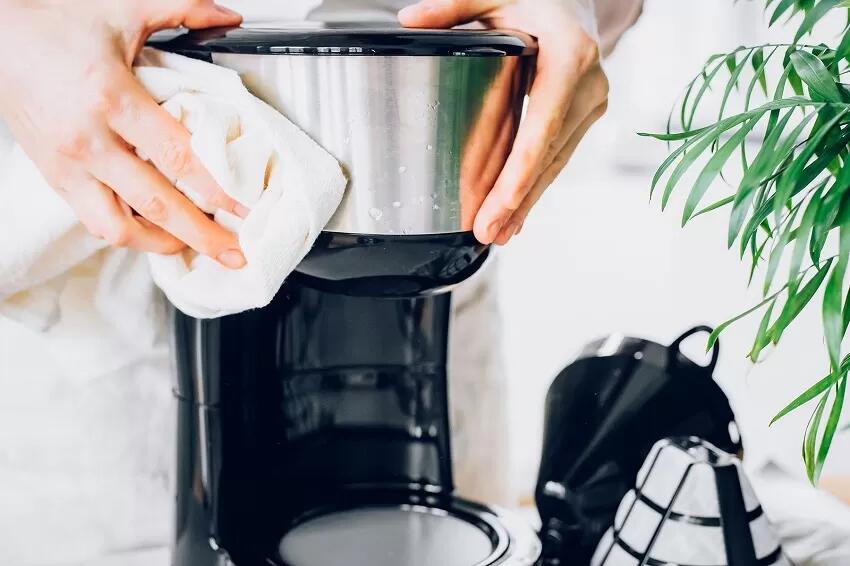
Impact on Taste and Performance
Over time, coffee oils and mineral buildup in your coffee maker can seriously affect your coffee’s taste and your machine’s performance. These residues can give your morning brew a bitter or stale taste.
Health and Hygiene
A clean coffee maker is also a cornerstone of kitchen hygiene. Old coffee grounds and scale buildup can harbor bacteria and mold.
Cleaning Frequency
You should clean your coffee maker daily after use, conduct a thorough cleaning weekly, and descale it monthly to keep it in optimal condition.
Signs It’s Time to Clean
If you notice your coffee machine brewing slowly, producing coffee that tastes off, or if the indicator lights up, it’s time for a cleaning session.
Types of Coffee Makers and Their Cleaning Needs
Different coffee makers require specific cleaning approaches to maintain their functionality and ensure the quality of the coffee they produce.
Drip Coffee Makers
These are among the most common types and generally require regular cleaning of the carafe, filter basket, and machine interior.
Single-Serve Machines (e.g., Keurig)
These involve specific cleaning of pod holders, water reservoirs, and nozzles to prevent clogging and bacterial growth.
Espresso Machines
These sophisticated machines need detailed cleaning of brewing units, steam wands, and regular descaling.
French Press and Other Manual Brewers
Manual devices such as the French press involve disassembling and cleaning all parts, especially the mesh filters and glass carafe.
Essential Supplies and Tools for Cleaning Your Coffee Maker
To effectively clean your coffee maker, you’ll need some basic supplies and tools:
- Cleaning Agents: White vinegar, dish soap, and baking soda are excellent for removing oils and mineral deposits.
- Tools: Soft cloths, sponges, and a toothbrush can help reach and clean your machine’s nooks and crannies.
- Optional: Descaling solutions or commercial cleaners like Affresh can be used for deep cleaning.
Step-by-Step Guide: How to Clean Coffee Maker (General Method)
Cleaning your coffee maker is more straightforward than it sounds. Here’s a general method applicable to most machines:
- Preparation: Ensure the coffee maker is turned off and cool.
- Cleaning Removable Parts: Detach and clean parts like the carafe and filter basket with soapy water.
- Exterior and Warming Plate: Wipe these surfaces with a damp cloth to remove stains and spills.
- Descaling: Mix a half-white vinegar and half-water solution, and run a brew cycle to clean the insides.
- Rinsing: Follow up with 2-3 cycles of clean water to remove any vinegar residue.
- Drying: Dry all components thoroughly before reassembling.
How to Clean Specific Coffee Maker Types
Each type of coffee maker has its nuances in cleaning:
Drip Coffee Makers
These require frequent descaling to prevent mineral buildup and maintain the heating element’s efficiency.
Single-Serve Machines
Focus on cleaning the pod holder and needle to prevent clogs and ensure smooth operation.
Espresso Machines
Regularly clean the brew group under running water and clean the steam wand with a pin or needle.
French Press
Disassemble and clean each part thoroughly, especially the mesh filter, to prevent old coffee flavors from spoiling your brew.
How Often to Clean Your Coffee Maker for Best Results
- Daily: Quick rinse and wipe down.
- Weekly: Wash all removable parts more thoroughly.
- Monthly: Descaling to tackle mineral buildup, especially in areas with hard water.
Troubleshooting Common Coffee Maker Cleaning Issues
Sometimes, issues persist even after a standard cleaning:
- Vinegar Smell: If the smell lingers, run more water cycles until it dissipates.
- Brewing Issues: Ensure all parts are correctly reassembled and check for clogs.
- Stubborn Stains: Use a mixture of baking soda and water to scrub these away.
- Part Replacement: Sometimes, parts are too worn out and need replacing.
Tips and Tricks for Maintaining a Clean Coffee Maker
- Water Quality: Use filtered water to reduce scale buildup.
- Dry After Use: Ensure all parts are dry before reassembling to prevent mold.
- Immediate Cleaning: Tackle spills and grounds immediately to avoid setting stains.
Recommended Products for Cleaning Coffee Makers
While many household items can be used for cleaning, some products are designed specifically for coffee makers:
- Commercial Descalers: Products like Urnex or Affresh are formulated to remove mineral deposits effectively.
- Vinegar vs. Commercial Descalers: Vinegar is a natural option, but commercial descalers can be more potent and less odorous.
Conclusion
Keeping your coffee maker clean is essential for the machine’s longevity and coffee quality. Regularly cleaning your coffee maker ensures every cup is as fresh and flavorful as possible. Set a regular cleaning schedule and stick to it; you’ll notice the difference in every sip. Share your coffee maker cleaning tips in the comments, or ask any questions about the process!
